Some animals are so rare, people doubt they exist at all. Whispers of them echo through local legends, old field journals, and blurry photos taken just before they vanish again. These aren’t your average backyard critters. They’re the stuff of near-myth—living ghosts that slip through the cracks of our modern world. Some are spotted once in a decade. Others haven’t been seen in generations, then reappear like magic, only to disappear again. They don’t want the spotlight. They don’t stay for long. And when they do show up, it feels like the Earth itself is sharing a secret. From shimmering mammals in remote forests to birds that only sing once in a lifetime, these animals are the ultimate hide-and-seek champions. You may never meet them in person— but once you learn about them, you won’t forget them.
Okapi
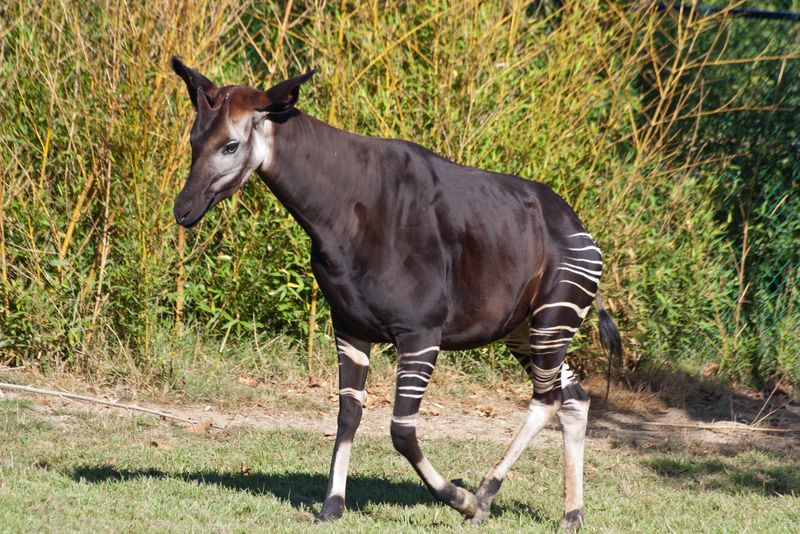
With the grace of a gazelle and the stripes of a zebra, the Okapi is a creature of wonder. Natives call it the African unicorn. It’s found only in the remote Ituri Forest of the Democratic Republic of the Congo. This elusive creature is known for its solitary and secretive nature. With velvet-like skin, the Okapi blends into its surroundings, avoiding predators with ease. Conservationists strive tirelessly to protect this jewel of the jungle, as it remains critically endangered. Spotting one in its natural habitat is a dream for wildlife enthusiasts, a moment to cherish forever.
Saola
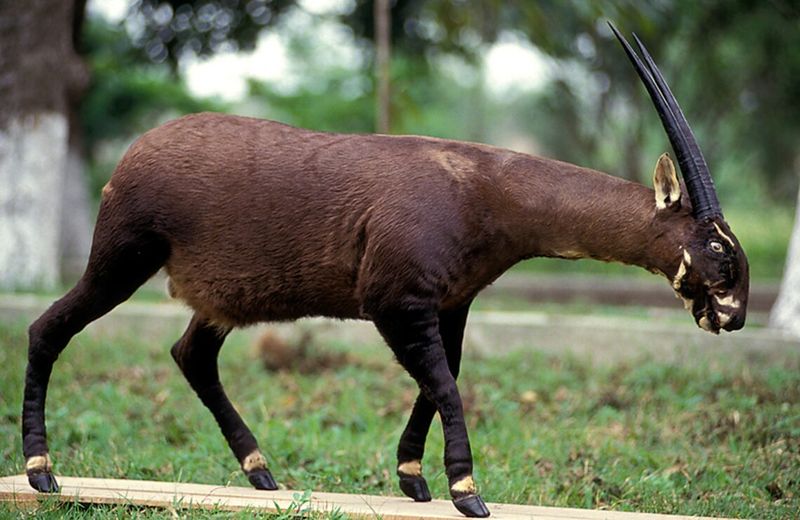
Known as the Asian unicorn, the Saola roams the high mountains of Vietnam and Laos. Its existence was confirmed only in 1992, making it one of the most recent large mammal discoveries. The Saola’s long, sharp horns and gentle nature have captured the imagination of many. Despite being a symbol of conservation, sightings are incredibly rare, adding to its mythical status. It’s a symbol of the delicate balance between nature and human activity. The Saola’s future hangs in the balance, with hopes resting on dedicated conservation efforts to ensure its survival.
Aye-aye
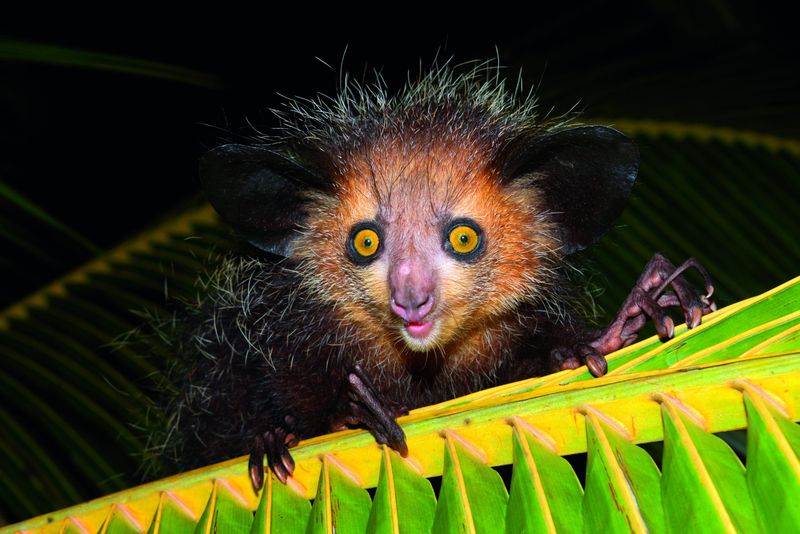
With eyes that pierce the darkness, the Aye-aye is Madagascar’s enigmatic night-dweller. Legends surround this creature, often seen as an omen of ill fate. Its elongated middle finger is its tool for food, a unique adaptation in the animal kingdom. Foraging in the moonlit hours, the Aye-aye is a solitary creature, adding to its aura of mystery. Conservationists work to protect its dwindling numbers, as habitat destruction threatens its existence. Encountering an Aye-aye is like stepping into a world of legends, where myths and reality blur into one.
Ili Pika
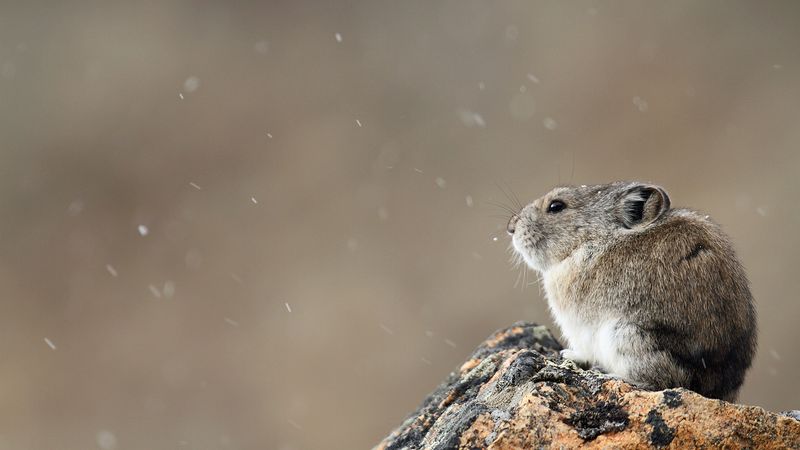
Dubbed the ‘magic rabbit,’ the Ili Pika is a diminutive creature with a face that could melt the coldest heart. Discovered in the Tianshan Mountains of China, it is rarely seen, with less than a thousand believed to exist. Its charming appearance and vulnerability have made it a conservation icon. Living at high altitudes, it faces threats from climate change and human encroachment. The Ili Pika’s tale is one of survival against the odds, a poignant reminder of nature’s fragility and the urgent need for conservation action.
Amur Leopard

The Amur Leopard is a ghost of the forests, with only a few dozen remaining in the wild. Its striking spotted coat is both its beauty and its curse, making it a target for poachers. Endemic to the forests of the Russian Far East, this predator embodies the spirit of the wild. Conservation efforts are in place, but its future remains uncertain. The Amur Leopard’s story is a testament to the fragile interplay between nature and human activity, a poignant call to action for preserving our natural treasures.
Vaquita
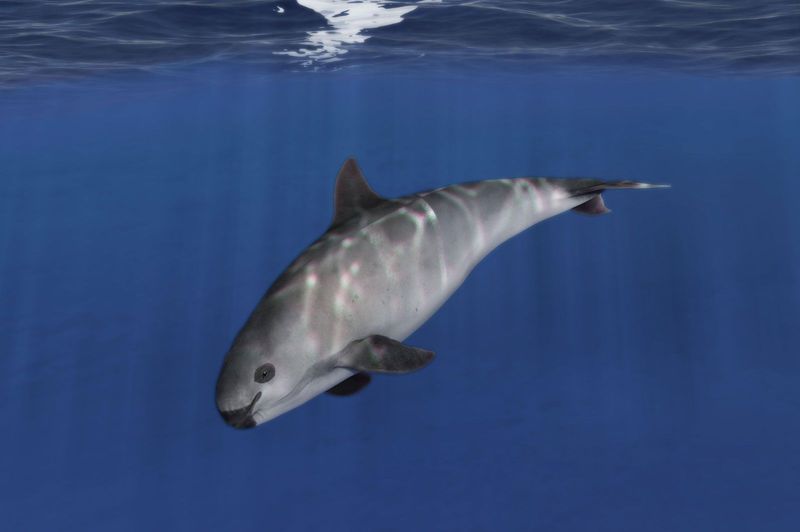
In the warm waters of the Gulf of California, the Vaquita swims silently. As the world’s rarest marine mammal, it teeters on the brink of extinction. With its distinctive markings and small size, it is both charming and elusive. Conservationists are racing against time to save this gentle porpoise. The Vaquita’s plight highlights the dire consequences of unchecked human activities. Efforts to curb illegal fishing practices offer a flicker of hope. Seeing a Vaquita in the wild is a rare privilege, a poignant encounter with a creature on the edge of existence.
Javan Rhino
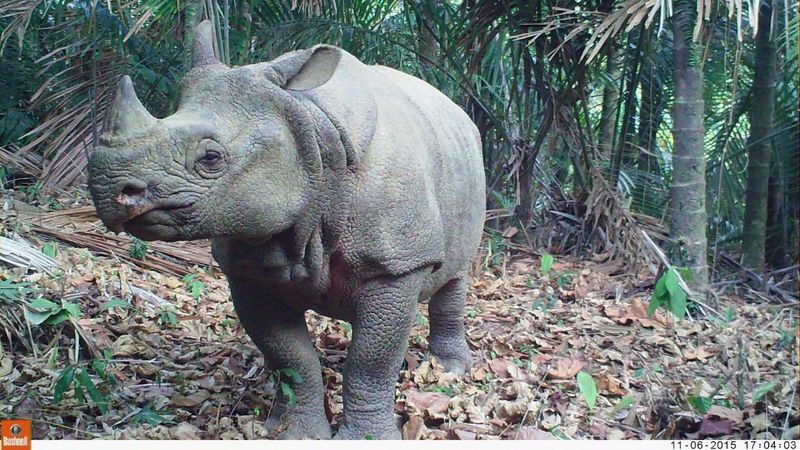
The Javan Rhino, with its single horn, roams the dense jungles of Indonesia. Once widespread across Asia, only a small population remains in Ujung Kulon National Park. This creature’s elusive nature has earned it a near-mythical status. Conservationists face a daunting task, battling poaching and habitat loss. The Javan Rhino symbolizes the urgent need for global conservation efforts. Its story is a humbling reminder of the delicate balance in our ecosystems. Witnessing a Javan Rhino in the wild is a rare gift, a fleeting glimpse into a vanishing world.
Kakapo
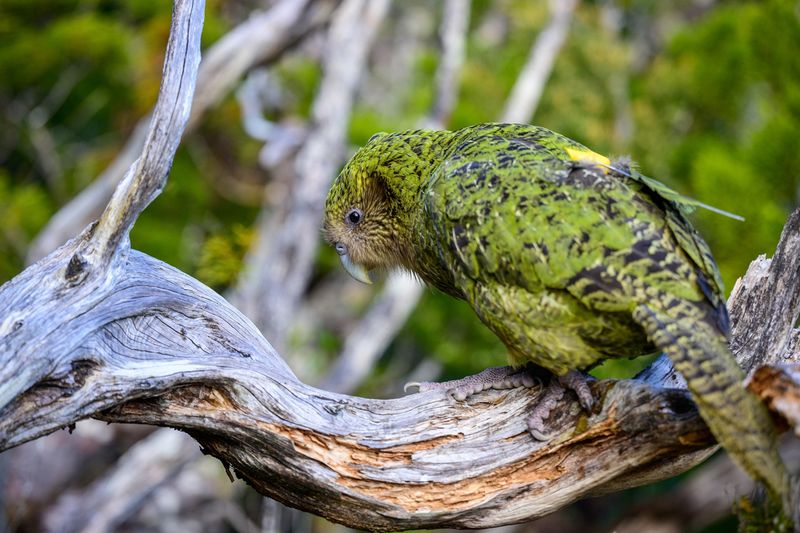
New Zealand’s Kakapo is a parrot of peculiar charm. With its owl-like face and inability to fly, it defies avian norms. Once abundant, its numbers have dwindled due to introduced predators. Conservationists have rallied to save this endearing bird, with every chick celebrated as a triumph. The Kakapo’s story is one of resilience and hope, showcasing the power of dedicated conservation efforts. Encountering a Kakapo is akin to meeting a living relic, a testament to nature’s whimsical creativity. Its survival depends on continued human vigilance and care.
Pangolin
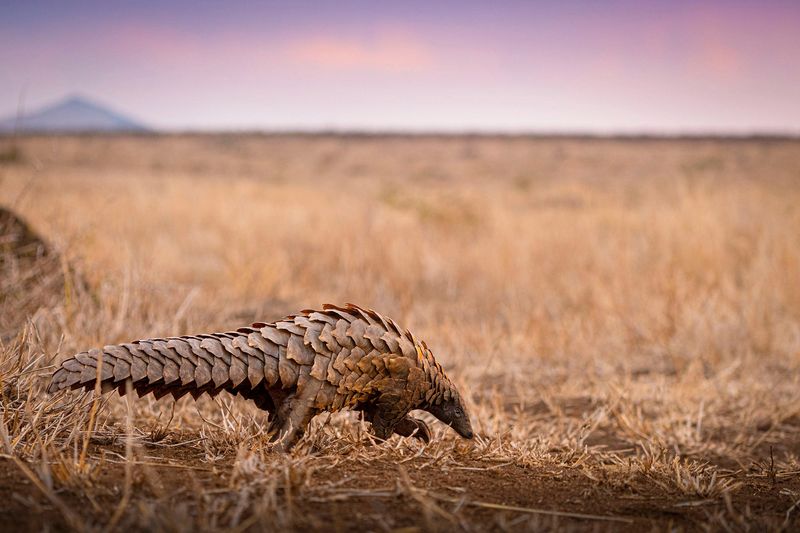
The Pangolin, with its armor of scales, walks the line between myth and reality. Known for its peculiar defense mechanism, it curls up into a ball when threatened. Despite its unique adaptations, the Pangolin faces severe threats from poaching and habitat destruction. As one of the most trafficked animals, it highlights urgent conservation challenges. Each Pangolin sighting in the wild is a reminder of nature’s resilience and the pressing need for protection. This creature’s gentle existence is a fragile thread in the intricate web of biodiversity.
Giant Squid
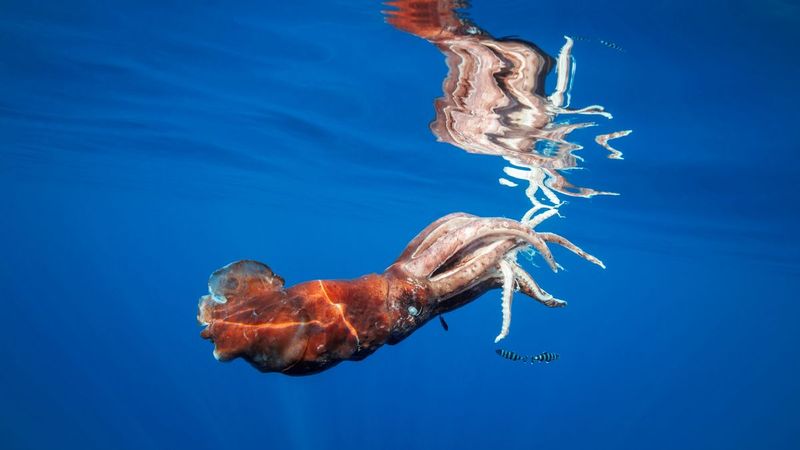
Dwelling in the ocean’s abyss, the Giant Squid is the stuff of legends. Tales of sea monsters were likely inspired by this elusive creature. Its massive size and mysterious nature have intrigued scientists for decades. Rarely seen by human eyes, it represents the unexplored wonders of the deep sea. Each glimpse of the Giant Squid offers a tantalizing peek into the unknown. As research continues, more about this magnificent cephalopod is revealed, challenging our understanding of marine life. It remains a symbol of the ocean’s enigma.
Snow Leopard
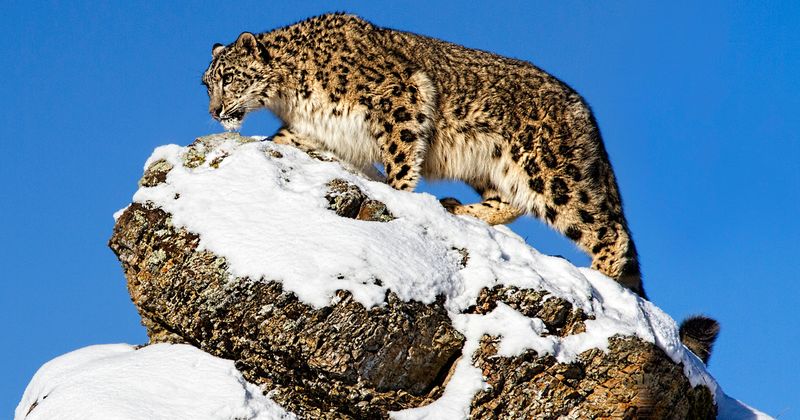
The Snow Leopard, known as the ghost of the mountains, prowls the high peaks of Central Asia. Its elusive nature and majestic beauty captivate the imagination. With fewer than 7,000 left in the wild, it is a symbol of the balance between nature and human encroachment. Conservation initiatives strive to protect these elegant predators from poaching and habitat loss. Witnessing a Snow Leopard is a rare and awe-inspiring experience, a reminder of the vast, untamed wilderness. Its presence adds an air of mystery to the rugged mountain terrain.
Yangtze River Dolphin
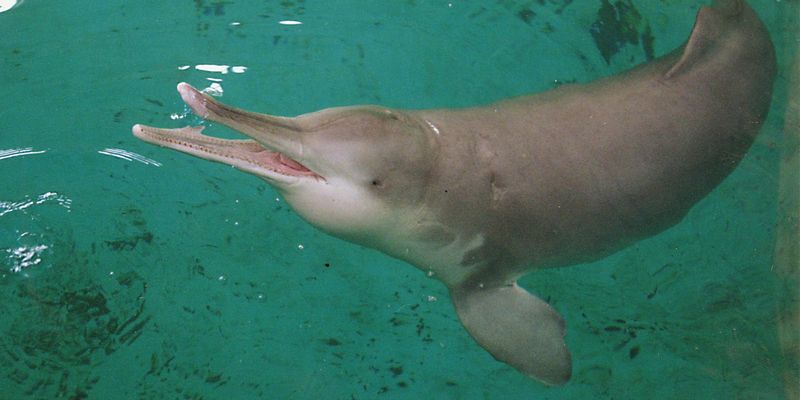
Once abundant, the Yangtze River Dolphin is now a symbol of lost abundance. Also known as the Baiji, its numbers have plummeted due to industrialization and pollution. With sightings almost nonexistent, it is feared to be functionally extinct. Efforts to rediscover this dolphin continue, though hope dwindles. Its story serves as a cautionary tale of the impact of human activity on nature. Each rare sighting is a poignant reminder of what once was. The Yangtze River Dolphin embodies the urgency of environmental stewardship and the consequences of neglect.
Thylacine
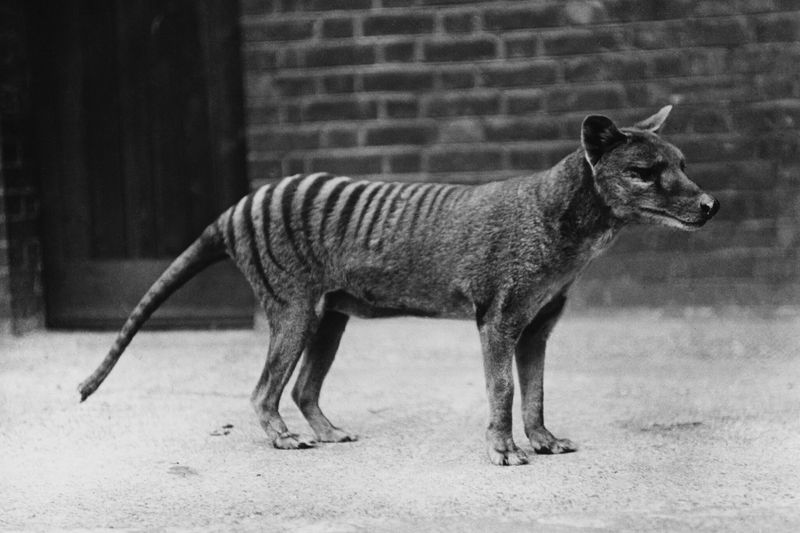
The Thylacine, or Tasmanian Tiger, roams the realm of extinct legends. Officially declared extinct in the 20th century, sightings occasionally stir debate. Its wolf-like appearance and striped back were unique among marsupials. Hunted to extinction, it remains a symbol of human impact on wildlife. Stories of encounters keep its memory alive, inspiring conservationists to protect endangered species. The Thylacine represents nature’s lost wonders, echoing the importance of preserving biodiversity. Though gone, its spirit lingers, a haunting reminder of what can be lost forever.
Narwhal
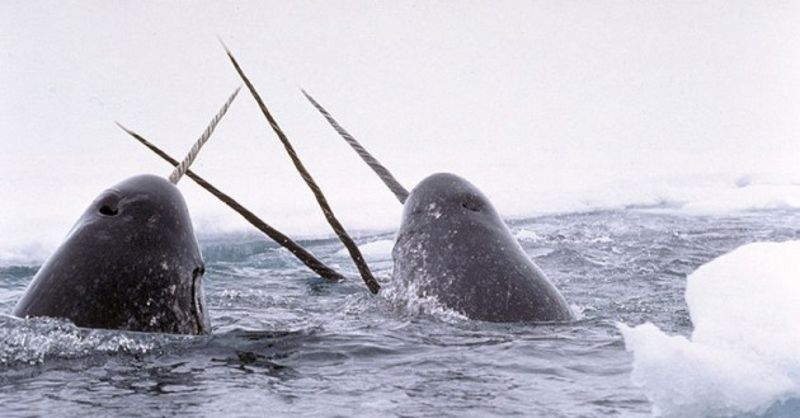
The Narwhal, often dubbed the unicorn of the sea, navigates the icy Arctic currents with grace. Its long, spiraling tusk has fueled legends and myths. Living in remote northern waters, it is a rare sight for humans. The Narwhal’s tusk is actually an elongated tooth, filled with nerve endings. As climate change threatens its habitat, conservation efforts are critical. This majestic creature embodies the fragile beauty of the polar ecosystem. Seeing a Narwhal in the wild is an enchanting experience, a fleeting glimpse into a mystical world beneath the waves.
Gobi Bear
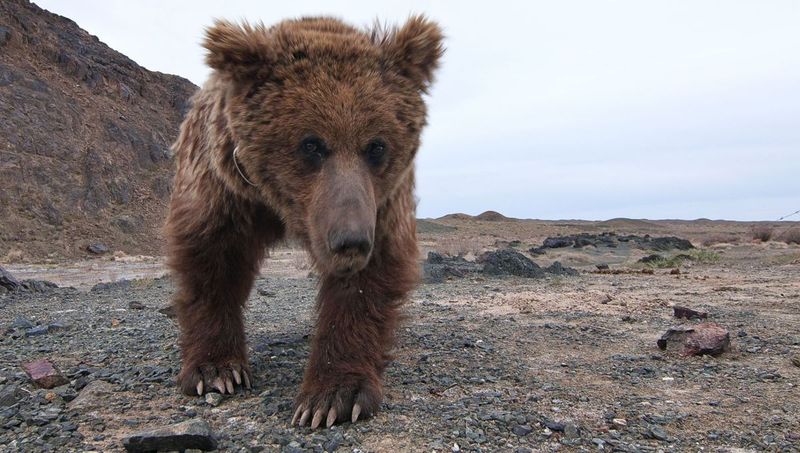
In the harsh environment of the Gobi Desert, the elusive Gobi Bear survives against all odds. As one of the rarest bears, fewer than 40 are believed to remain. Its survival is a testament to adaptation and resilience. Conservationists work tirelessly to protect this unique bear from extinction. Each sighting is a rare and precious encounter, highlighting the delicate balance within this ecosystem. The Gobi Bear’s existence is a poignant reminder of the incredible diversity of life on Earth, even in the most inhospitable places. It symbolizes endurance and hope.
Indri
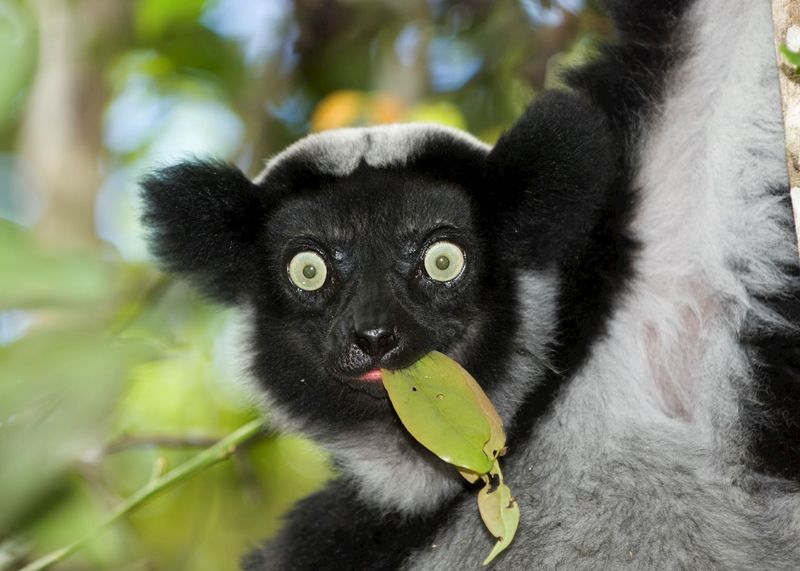
The Indri, with its haunting calls, echoes through Madagascar’s rainforest. As the largest living lemur, it holds a special place in Malagasy culture. Known for its vocal prowess, the Indri’s songs can be heard for miles. Its black and white fur distinguishes it from other lemurs, adding to its ethereal beauty. Sadly, habitat destruction threatens its existence, making conservation efforts crucial. Observing an Indri in the wild is a mesmerizing experience, a dance of sound and sight in the treetops. It is a living symbol of Madagascar’s rich biodiversity.
Tarsier
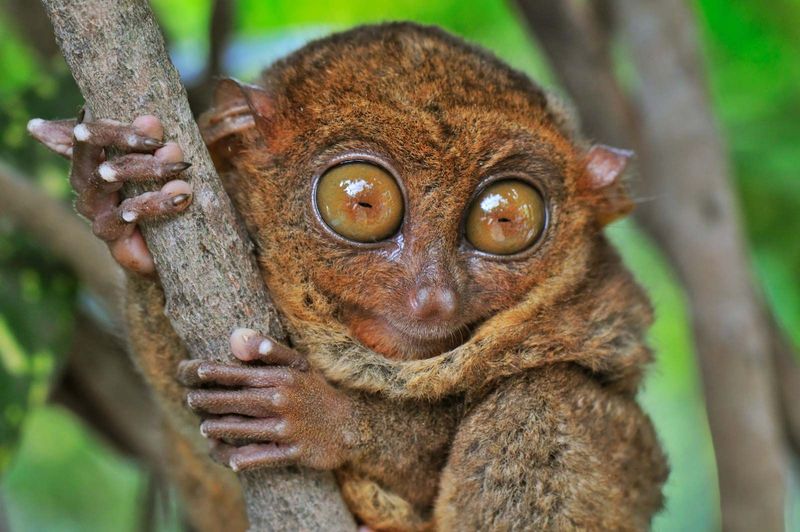
With eyes as large as its brain, the tiny Tarsier is a master of evasion. Living in the dense jungles of Southeast Asia, these nocturnal primates leap through trees with astounding agility. Their unique ability to rotate their heads almost 180 degrees aids in spotting prey.
Did you know? Tarsiers hold the title for the world’s smallest primate. Despite their size, they are fierce hunters of insects and small vertebrates.
Their distinctive, high-pitched calls add an eerie soundtrack to the night, making the Tarsier an enigma wrapped in the shadows of the forest.

